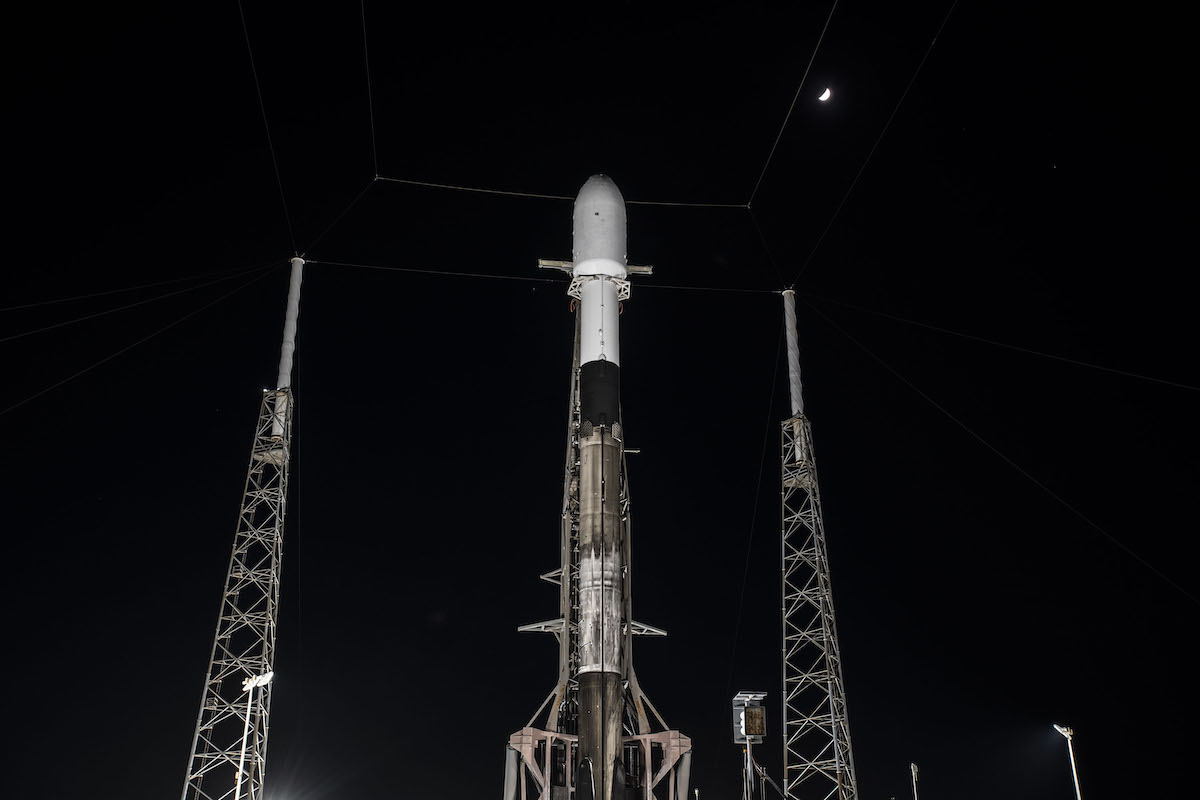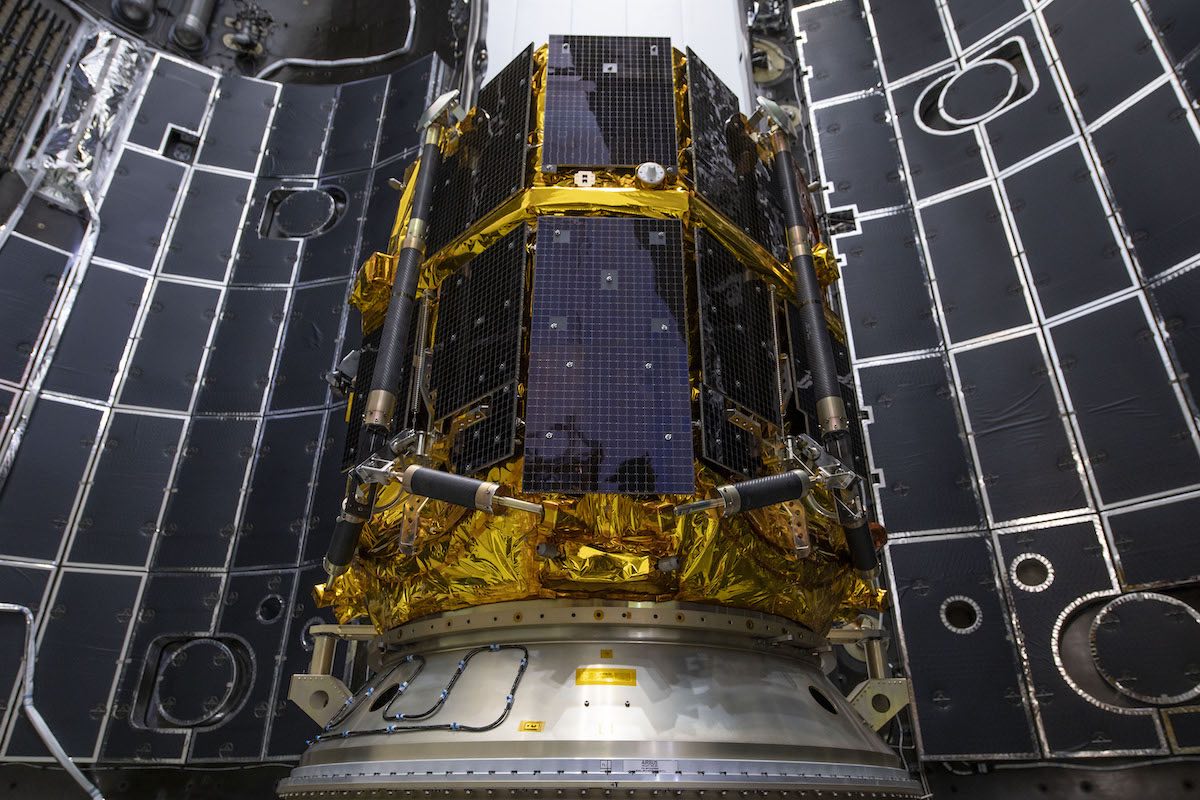
SpaceX is expected to roll a Falcon 9 rocket back into its hangar at Cape Canaveral for troubleshooting, postponing the planned launch of a Japanese commercial moon lander for an unspecified period. SpaceX provided no details about the reason for grounding the rocket.
The company planned to launch the 229-foot-tall (70-meter) Falcon 9 rocket this week with a privately-developed moon lander owned by the Tokyo-based company ispace. SpaceX announced late Tuesday that teams would delay the launch from Wednesday to 3:37 a.m. EST (0837 GMT) Thursday. Officials decided late Wednesday the rocket launch will be postponed indefinitely.
“After further inspections of the launch vehicle and data review, SpaceX is standing down from Falcon 9’s launch of ispace’s Hakuto-R Mission from Space Launch Complex 40 at Cape Canaveral Space Force Station in Florida,” SpaceX said in a brief statement. “A new target launch date will be shared once confirmed.”
A statement from ispace said the issue causing the delay involves the Falcon 9 launch vehicle. Multiple sources familiar with the mission said SpaceX planned to lower the Falcon 9 rocket horizontal and roll it back to the hangar just south of pad 40, where technicians will perform more tests and resolve the problem.
Data on marine tracking websites also indicated SpaceX’s recovery ship “Doug” had left the location where it would retrieve the Falcon 9’s payload fairing after launch of ispace’s Hakuto-R lunar lander, suggesting the delay could last more than a few days. SpaceX planned to land the first stage booster back at Cape Canaveral about eight minutes after liftoff.
SpaceX has launched 54 missions so far this year, 53 with the company’s workhorse Falcon 9 rocket one with a Falcon Heavy, made by combining three modified Falcon 9 first stage boosters together. The number of SpaceX missions in 2022 far exceeds the company’s previous record of 31 space launches in a calendar year. SpaceX set that record just a year ago.
The company plans as many as eight Falcon 9 rocket launches in December, a tally that assumes the mission with ispace’s Hakuto-R moon lander is able to fly soon. SpaceX has two launches scheduled from Florida next week — one with the next batch of Starlink internet satellites and another with 40 spacecraft for OneWeb’s broadband constellation.
It was not immediately clear what, if any, impact the Hakuto-R launch delay might have on other Falcon 9 missions scheduled for December.

SpaceX suffered few technical delays throughout most of 2022, but the problem with Hakuto-R’s rocket is the second Falcon 9 rocket issue in less than two weeks that has kept a mission on the ground.
A Falcon 9 was supposed to launch Nov. 18 from Vandenberg Space Force Base in California with 52 Starlink internet satellites, but SpaceX announced on the eve of the mission that managers decided to stand down from the launch to evaluate data from a test-firing of the rocket. A new target launch date for that Starlink mission has not been announced, but two other Falcon 9 flights from California appear to have jumped ahead of it on SpaceX’s calendar, indicating it will likely not occur until January.
The Hakuto-R mission aims to become the first privately-developed spacecraft to land on the moon. The one-ton lander carries several payloads, including a small rover from the United Arab Emirates that will be deployed on the lunar surface. Another tiny mobile robot to be deployed by ispace’s lander comes from the Japan Aerospace Exploration Agency.
According to ispace, the first Hakuto-R lander will take about five months to travel from Earth to the moon, utilizing a low-energy transfer orbit that requires the spacecraft to expend less fuel than if it took a direct route to the moon.
A 31-pound (14-kilogram) hitchhiker payload from NASA will share the ride to space on SpaceX’s Falcon 9 rocket. The secondary payload, called Lunar Flashlight, will fly its own independent trajectory toward the moon to enter orbit and map the locations of water ice deposits hidden in permanently-shadowed craters at the lunar poles. Future explorers on the moon could tap into water ice deposits to make rocket fuel, drinking water, and breathable oxygen.
Email the author.
Follow Stephen Clark on Twitter: @StephenClark1.
